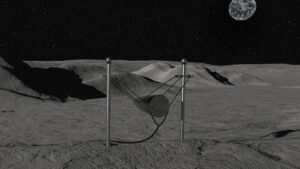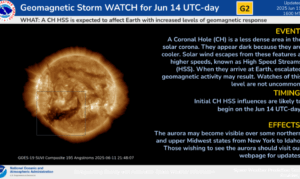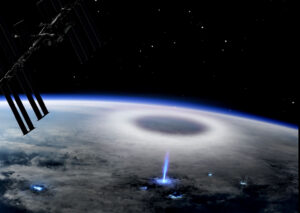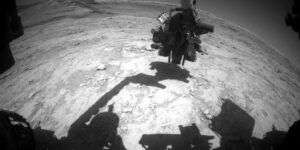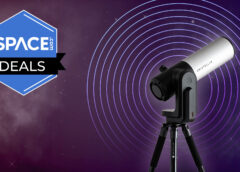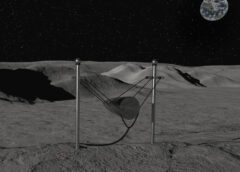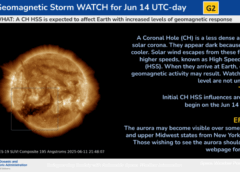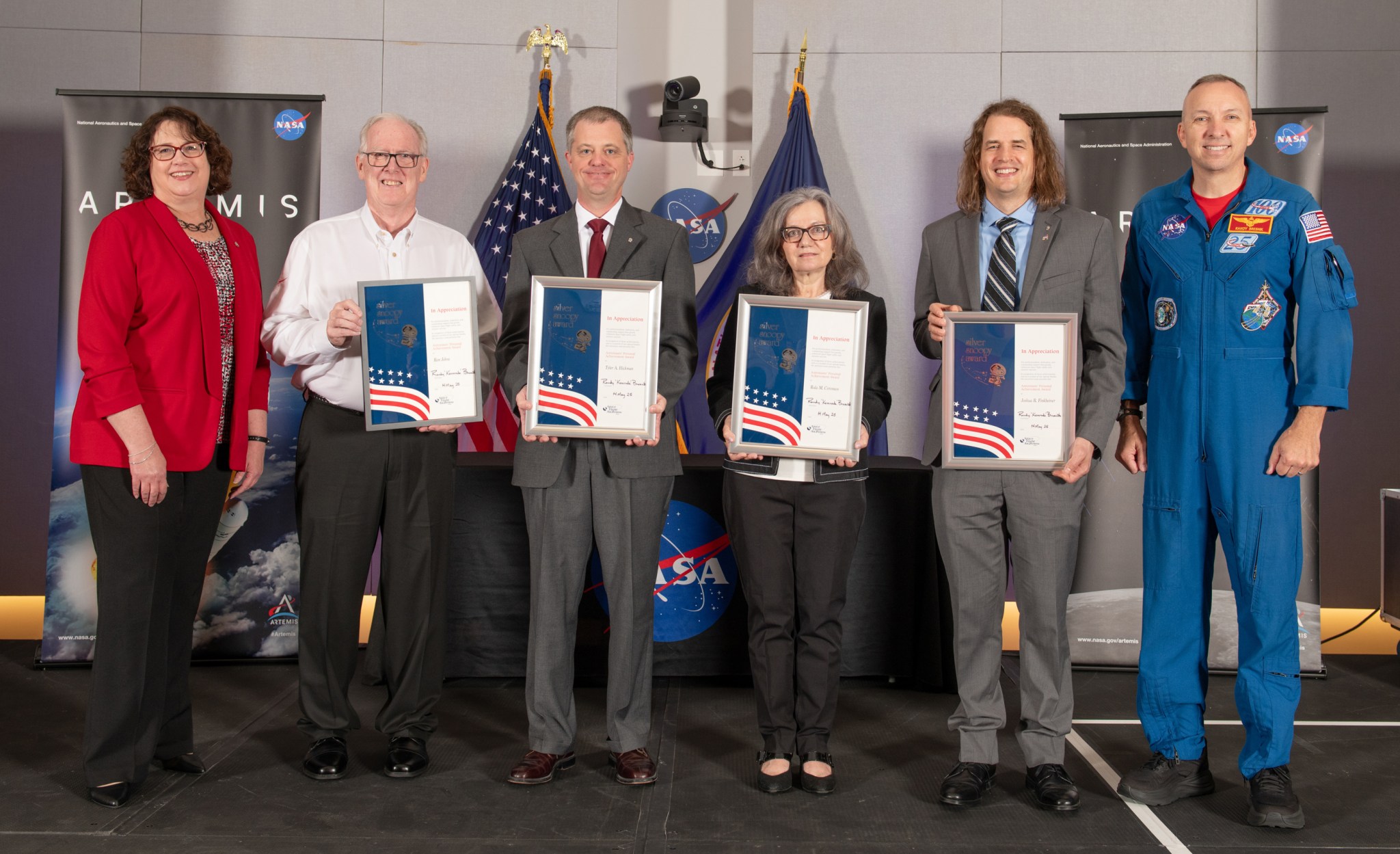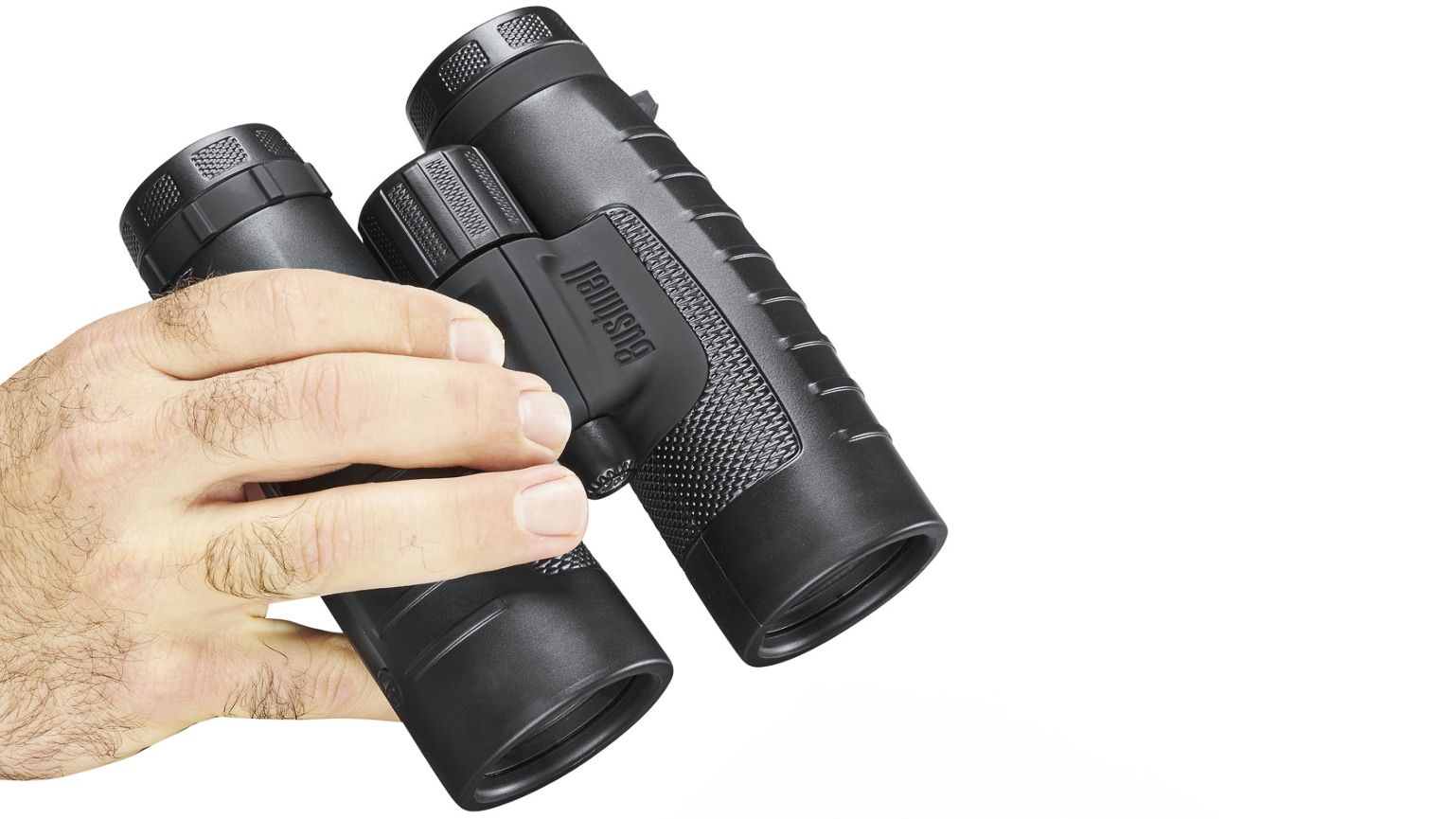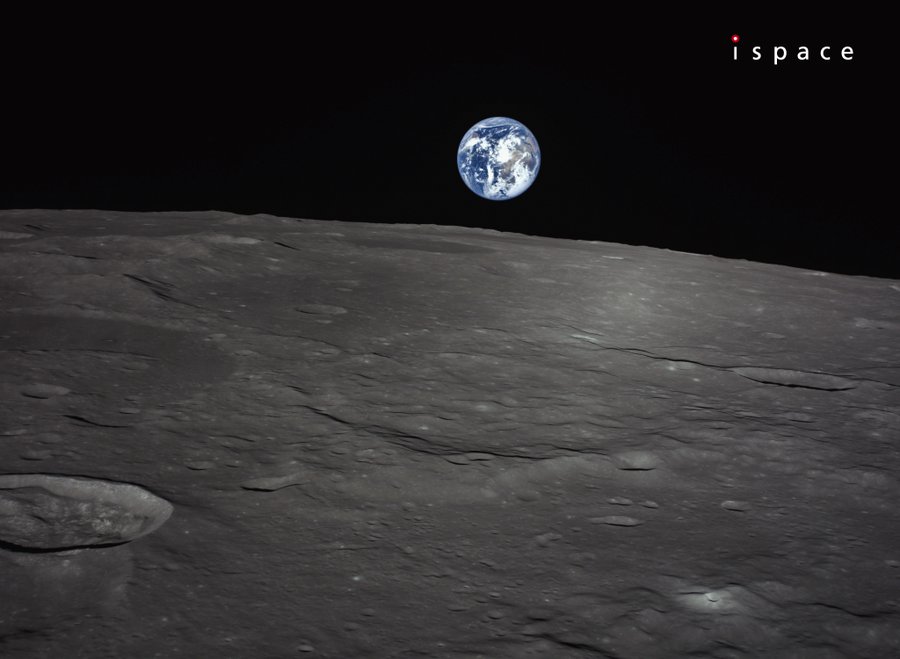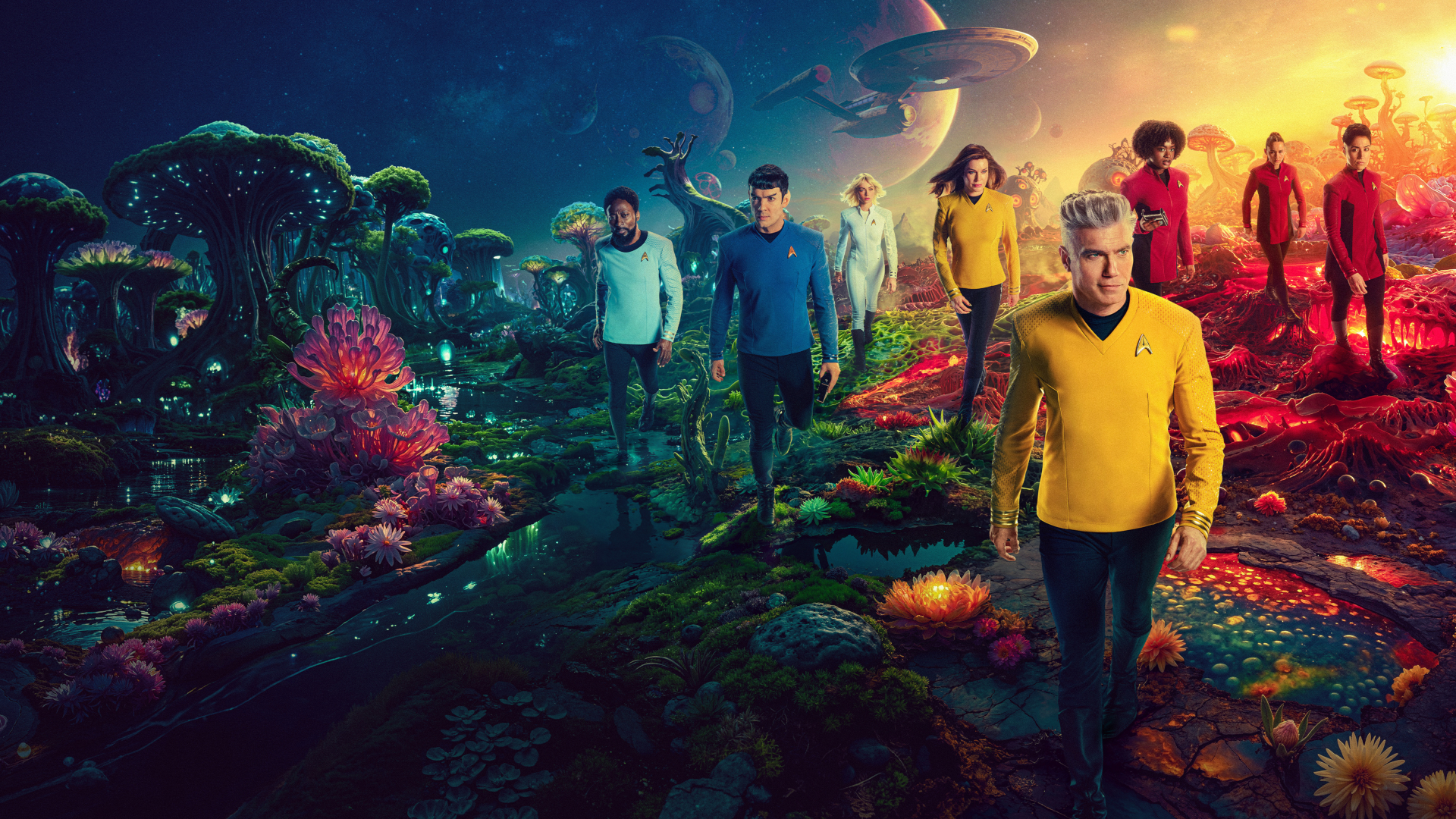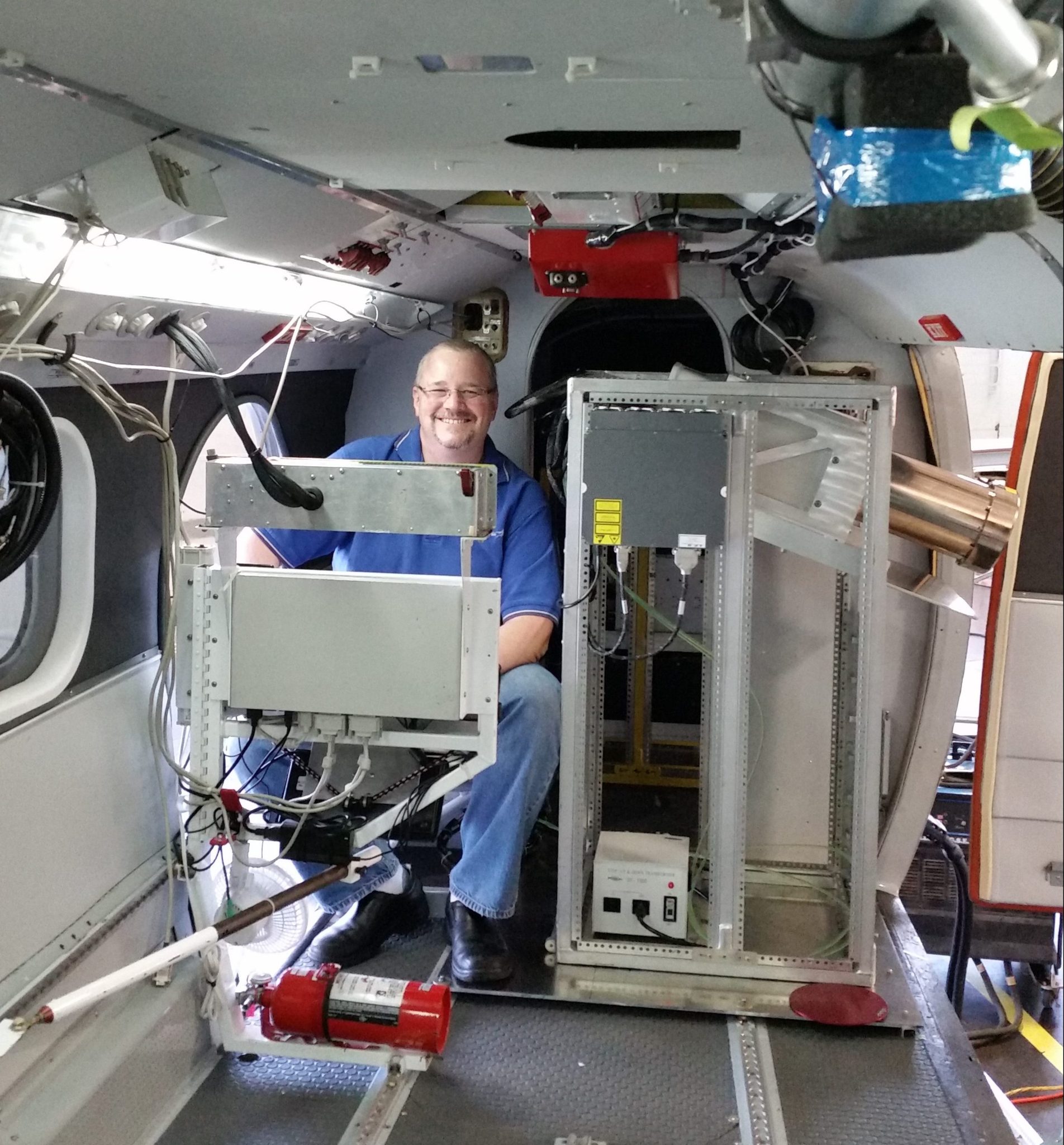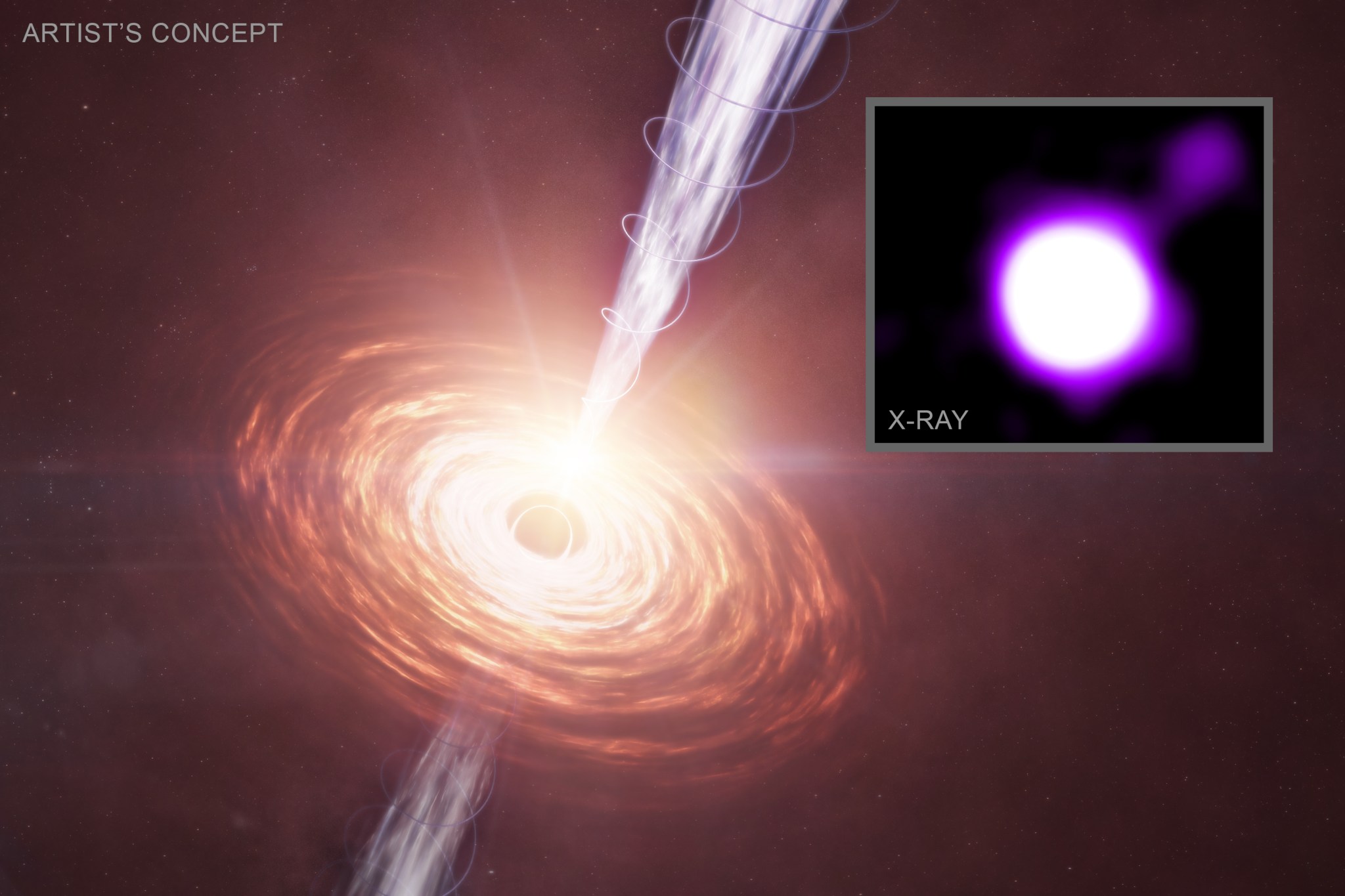A group of students huddle around two of their classmates using virtual reality headsets to get an up-close view of a rocket during Education Day with the Lake Erie Crushers on Thursday, May 15, 2025. Credit: NASA/Chris Hartenstine NASA’s Glenn Research Center headed to the ballpark for Education Day with the Lake Erie Crushers on May 15. NASA Glenn staff showcased the science of NASA using portable wind tunnel demonstrations, virtual reality simulations, and other interactives inspired by NASA’s Artemis missions. NASA Glenn Research Center engineers Heath Reising, far left,…
Read MoreNASA Glenn Employees Recognized by Astronaut Corps
Presenters and NASA Glenn Research Center’s Silver Snoopy Award recipients at the center on Wednesday, May 14, 2025. Left to right: Deputy Center Director Dawn Schaible, Ron Johns, Joshua Finkbeiner, Rula Coroneos, Tyler Hickman, and astronaut Randy Bresnik. Credit: NASA/Sara Lowthian-Hanna Four of NASA Glenn Research Center’s employees have received the coveted NASA Silver Snoopy Award. This award, overseen by NASA’s Space Flight Awareness program, is a special honor given to NASA employees and contractors for their outstanding achievements related to flight safety and mission success. It is the astronauts’…
Read MoreLooking for a last-minute Father’s Day gift? These Bushnell binoculars are brilliant value with this $60 price cut
The Bushnell Trophy XLT binoculars are some of the best budget binoculars around, and in this binocular deal, they’re just 97 cents off their lowest-ever price. So if you’re on the hunt for a last-minute Father’s Day gift, you can pick these up now at either Adorama, Amazon or Walmart for just $45.97, which is $60 off the MSRP of $105.97. Get the Bushnell 10x42mm Trophy XLT Binoculars in time for Father’s Day for just $45.97 at Amazon. However, if you’re shopping specifically for Father’s Day, only Amazon guarantees pre-Father’s…
Read MoreHigh Above the World
Astronaut Franklin R. Chang-Diaz works with a grapple fixture during a June 2002 spacewalk – the first spacewalk of the STS-111 mission.
Read MoreNASA Student Challenge Prepares Future Designers for Lunar Missions
4 Min Read NASA Student Challenge Prepares Future Designers for Lunar Missions At NASA’s Johnson Space Center in Houston, the next generation of lunar explorers and engineers are already hard at work. Some started with sketchbooks and others worked with computer-aided design files, but all had a vision of how design could thrive in extreme environments.Thanks to NASA’s Student Design Challenge, Spacesuit User Interface Technologies for Students (SUITS), those visions are finding their way into real mission technologies. NASA’s Spacesuit User Interface Technologies for Students (SUITS) teams test their augmented…
Read MoreCrashed lander looks back at Earth from the moon | Space photo of the day for June 10, 2025
Resilience, a lunar lander built and operated by the Japanese company ispace, was part of the Hakuto-R Mission to deploy a “Moonhouse,” a tiny colorful art piece, on the moon, while also exploring its surface features using its Tenacious rover. What is it? After launching on Jan. 15 from Florida’s Space Coast on Hakuto-R Mission 2, ispace’s Resilience lander arrived in lunar orbit on May 6. The lander then deftly shifted its path to an orbit just 62 miles (100 kilometers) above the moon’s surface. On May 27, Resilience took…
Read MoreWe’re halfway between the April 2024 and August 2026 total solar eclipses: Here’s why we’re excited
There may be no total solar eclipse this year, but June 10, 2025, is a landmark event of sorts for eclipse chasers worldwide — the halfway point between the last and the next totalities. It’s 429 days — just over 14 months — since April 8, 2024’s “Great American Eclipse” across North America and 429 days until the next total solar eclipse on August 12, 2026, over Greenland, Iceland and Spain. Related: Eclipse at sea: Best cruises for the total solar eclipse 2026 You may like Looking back on 2024…
Read MoreStar Trek Strange New Worlds Season 3 trailer promises new worlds, new adventures, and new romances (video)
Faithful followers of Paramount+’s “Star Trek: Strange New Worlds” have much to be thankful for this summer. Not only is Season 4 of the streamer’s flagship sci-fi series currently filming in Toronto, Canada, but we’ve got the debut of Season 3 to enjoy next month. To whet your “Trek” appetite, Paramount has just released the new official full trailer, alongside an enticing gallery of fresh promo posters! Starring Anson Mount, Rebecca Romijn, Ethan Peck, Jess Bush, Christina Chong, Celia Rose Gooding, Melissa Navia, Babs Olusanmokun, and Martin Quinn, “Star Trek:…
Read MoreLaser Focused: Keith Barr Leads Orion’s Lunar Docking Efforts
Keith Barr was born only months before the historic Apollo 11 landing in 1969. While he was too young to witness that giant leap for mankind, the moment sparked a lifelong fascination that set him on a path to design technology that will carry astronauts farther into space than ever before. Today, Barr serves as a chief engineer and Orion Docking Lidar Field Test lead at NASA’s Johnson Space Center in Houston. He spearheads the field testing of docking lidars for the Orion spacecraft, which will carry astronauts to the…
Read MoreNASA’s Chandra Sees Surprisingly Strong Black Hole Jet at Cosmic “Noon”
A black hole has blasted out a surprisingly powerful jet in the distant universe, according to a study from NASA’s Chandra X-ray Observatory. X-ray: NASA/CXC/CfA/J. Maithil et al.; Illustration: NASA/CXC/SAO/M. Weiss; Image Processing: NASA/CXC/SAO/N. Wolk A black hole has blasted out a surprisingly powerful jet in the distant universe, according to a new study from NASA’s Chandra X-ray Observatory and discussed in our latest press release. This jet exists early enough in the cosmos that it is being illuminated by the leftover glow from the big bang itself. Astronomers used…
Read More
